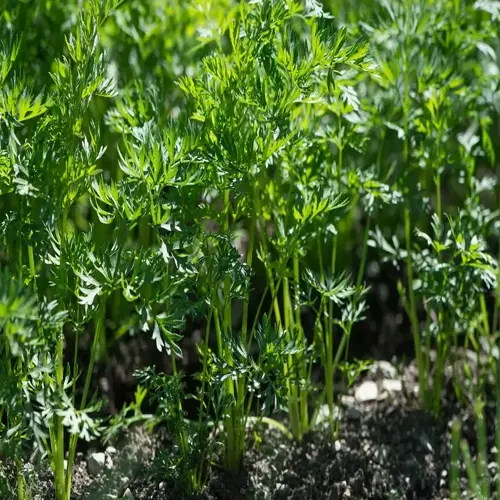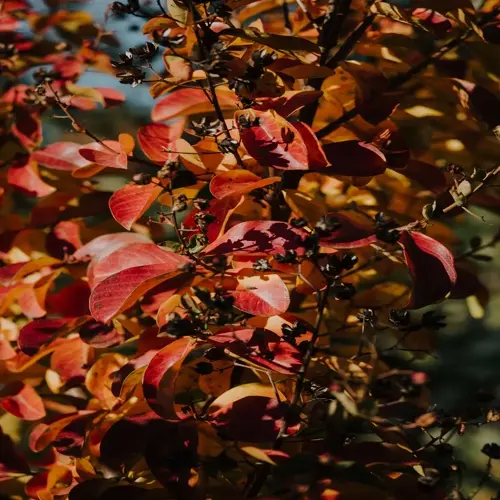Can I plant hydrangeas in the fall?

Written by
Michael Sullivan
Reviewed by
Prof. Samuel Fitzgerald, Ph.D.Fall presents the ideal time for planting hydrangeas in most areas. Cooler temperatures and steady moisture conditions ensure great root establishment ahead of winter. I've moved dozens of hydrangea plants in the fall months and have had great survival and strong growth the following spring.
Planting Protocol
- Select container-grown plants with established root systems
- Dig holes twice as wide as root ball but equal depth
- Amend soil with acidic compost for blue varieties
Winter Protection
- Apply 6-inch mulch layer after ground freezes
- Wrap shrubs with burlap in zones 5-6
- Avoid pruning to protect next season's flower buds
Timing is important for your fall hydrangea landscape. See at least six weeks before your first expected frost date in your zone. The roots need to establish reasonably well before they go dormant. Zones 5-7- September planting. Southern gardeners can plant until late October. Personally, I still prefer to watch the soil temperature for best results.
Pick site conditions judiciously. Hydrangeas are usually best planted in morning sun and afternoon shade. Soil should be well-drained and amended with organic matter. Do not place hydrangeas in windy areas, as this can desiccate the plants. My clients plant their hydrangeas on an east-facing slope, protected from wind, where they thrive.
Practice critical aftercare. Water deeply (in most situations, once per week) until the ground freezes. Do not fertilize because it stimulates new, tender growth and increases the risk of freezing. Apply winter mulch after the first hard freeze (such as oak leaves or pine needles). These will protect the buds throughout winter.
Recognize specific-growing needs: Bigleaf hydrangeas require extra winter protection in colder climates. Panicles are a tolerant type of hydrangea when it comes to sun and cold. Check your growing zone and which variety will enjoy your microclimate. Knowing this before planting will lead to happiness instead of heartbreak in the spring when your shrubs burst into bloom.
Soil preparation determines long-term health. Test the pH because color changes in macrophylla varieties are affected by acidity. Add peat moss to achieve blue blooms, or lime to achieve pink blooms. Doing it correctly from the start will minimize maintenance and maximize flowering performance.
Read the full article: When to Plant Perennials: Expert Guide

